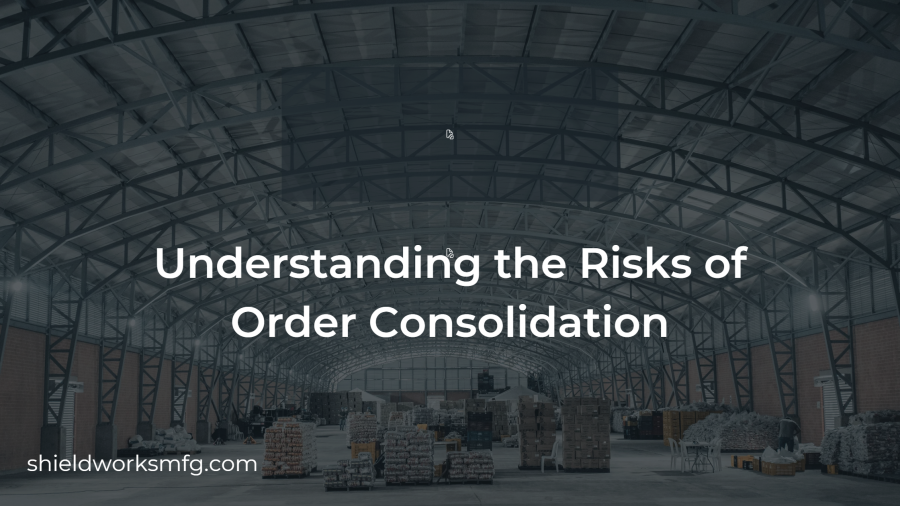Understanding the Risks of Order Consolidation

In today’s fast-paced business landscape, order consolidation has become a popular strategy for streamlining supply chain operations and optimizing costs. By combining multiple orders into a single shipment, companies can minimize transportation expenses, reduce inventory holding costs, and enhance overall efficiency. However, it is crucial to be aware of the potential risks associated with order consolidation. This article aims to shed light on these risks, their impact on businesses, and provide practical solutions for mitigating them effectively.
Inventory Management Challenges
One of the primary risks associated with order consolidation lies in inventory management. When multiple orders are consolidated, it becomes essential to manage inventory levels accurately to meet the varying demand of individual customers. Without proper control, there is a higher likelihood of stockouts or overstocking, leading to dissatisfied customers or unnecessary carrying costs. Implementing robust inventory management systems and leveraging advanced forecasting techniques can help strike the right balance and minimize these risks.
Increased Lead Times
Order consolidation often involves the synchronization of different orders from various locations, suppliers, or customers. This synchronization process can increase lead times, resulting in delayed deliveries and potential customer dissatisfaction. It is vital for businesses to closely monitor lead times and establish clear communication channels with all stakeholders involved in the consolidation process. By improving coordination and employing real-time tracking solutions, companies can minimize the impact of increased lead times on customer satisfaction.
Quality Control Issues
Consolidating orders can sometimes introduce quality control challenges. With multiple orders combined into a single shipment, there is a risk of overlooking or missing defects, especially when the individual orders have varying quality standards. To mitigate this risk, businesses should implement stringent quality control processes at various stages of the consolidation process. Conducting thorough inspections, implementing quality checkpoints, and establishing effective feedback loops can help maintain consistent product quality and customer satisfaction.
Increased Transportation Risks
While order consolidation offers cost-saving benefits by reducing transportation expenses, it also introduces certain transportation risks. Combining multiple orders into a single shipment increases the value and volume of the cargo, making it an attractive target for theft or damage during transit. To mitigate these risks, businesses should invest in robust security measures, such as GPS tracking systems, tamper-proof packaging, and insurance coverage. Additionally, selecting reliable logistics partners with a proven track record can help ensure the safe and timely delivery of consolidated orders.
Regulatory Compliance Challenges
Order consolidation often involves compliance with various regulations, especially when dealing with international shipments. Failure to comply with these regulations can result in penalties, delays, or even legal issues. To mitigate regulatory compliance challenges, companies should stay updated with the latest rules and requirements in the relevant jurisdictions. Establishing strong relationships with customs brokers, conducting regular audits, and maintaining accurate documentation can help ensure smooth order consolidation while adhering to legal and regulatory obligations.
Customer Expectations and Communication
Consolidating orders may impact customer expectations and communication. Customers accustomed to receiving individual shipments may be surprised or disappointed when their orders are combined. To manage customer expectations effectively, businesses should proactively communicate the benefits of order consolidation, such as reduced costs and enhanced sustainability. Additionally, providing accurate tracking information, timely updates, and exceptional customer service can help maintain transparency and build trust with customers.
Order consolidation can be a valuable strategy for optimizing supply chain operations and reducing costs. However, it is crucial to understand the associated risks and implement appropriate measures to mitigate them effectively.
Striking a balance between cost-saving measures and potential drawbacks is essential to achieve a streamlined and efficient supply chain while ensuring customer satisfaction and long-term success in today’s competitive business environment.
If you are new to this business with a need for order consolidation partnerships, feel free to contact Shield Works!
